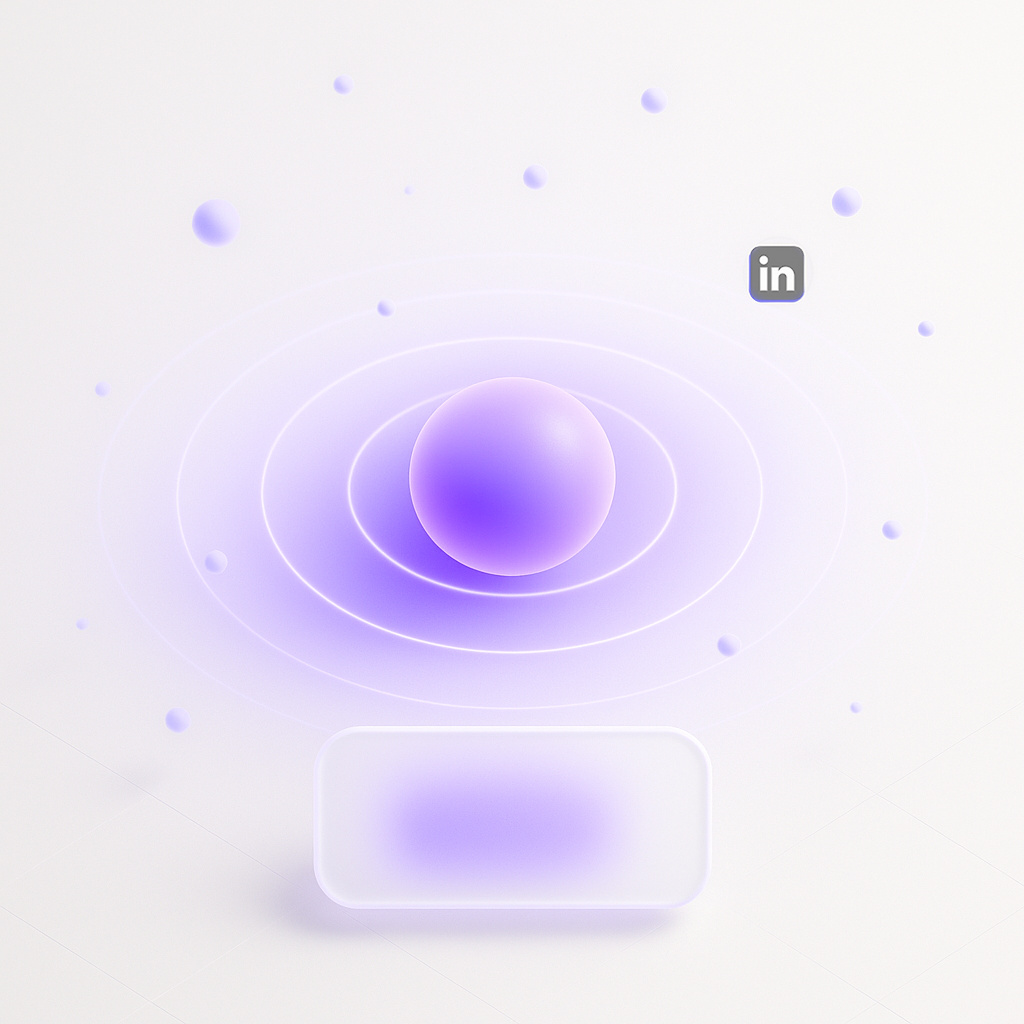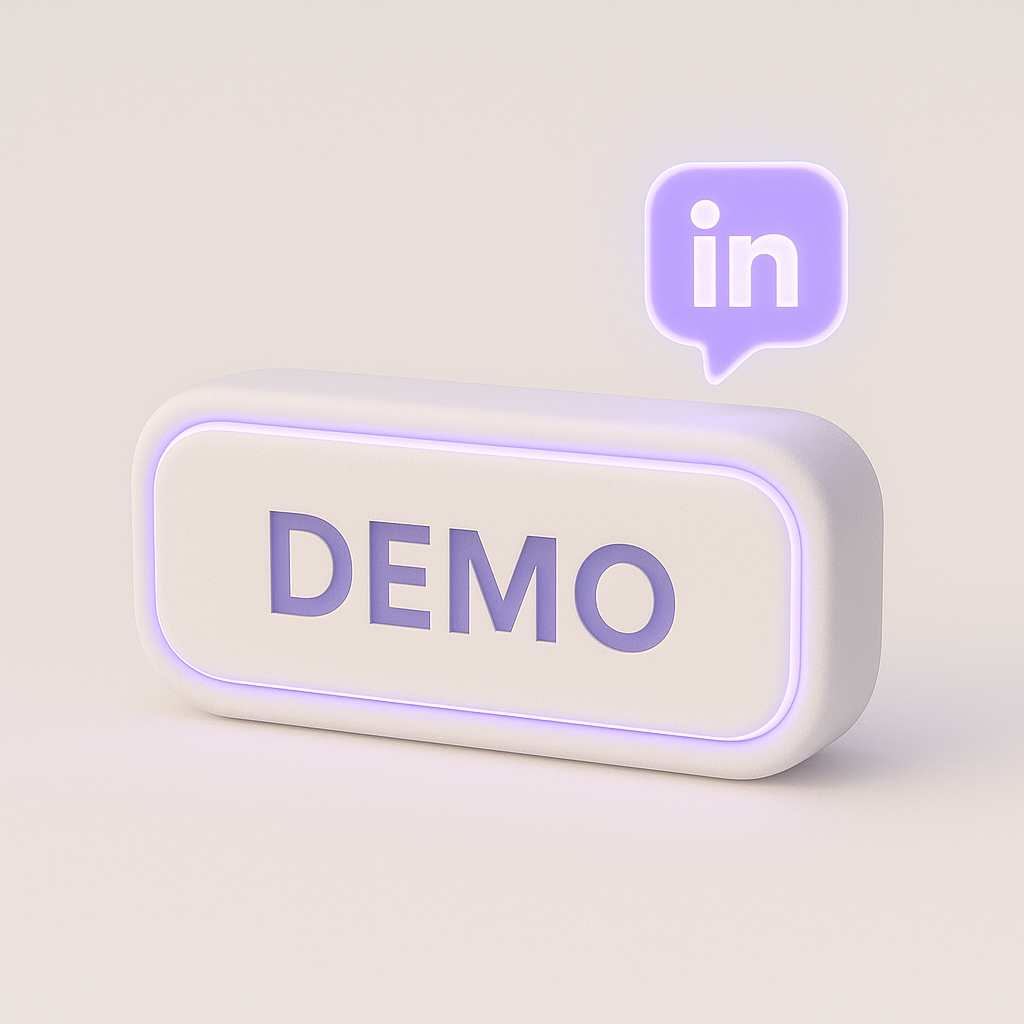Cold Email vs LinkedIn Outreach: Which Strategy Gets Better Results?
Cold outreach is still one of the most effective ways to get new leads, book meetings, and build business relationships.
But here’s the question most people have:
Should you focus on cold emails or LinkedIn outreach?
Both work, but in different ways. In this post, you’ll learn the key differences, the pros and cons of each method, and how to combine them for the best results.
What Is Cold Outreach?
Cold outreach means reaching out to people who don’t yet know you or your company.
The two main channels are:
- Cold Email: Sending personalized messages directly to a prospect’s inbox.
- LinkedIn Outreach: Connecting with potential leads on LinkedIn through connection requests, messages, and post engagement.
Each channel has unique strengths, depending on your audience, goals, and style.
Cold Email: Direct and Scalable
Cold email gives you full control over your communication. You decide what to send, when to send it, and how to track your results. It’s fast, efficient, and can reach many people at once without losing personalization.
Advantages of Cold Email
- Direct Access to the Inbox
Your message goes straight to the prospect’s email inbox. You are not limited by any platform rules or algorithms. - Easy to Scale
Tools like Instantly, Lemlist, or Mailshake help you automate outreach to hundreds of prospects a day while keeping your messages personalized. - Flexible Messaging
You can write longer messages, include links, attachments, or visuals, and test what works best. - Full Control Over Data
You control your sender domain, deliverability setup, and analytics. This makes it easy to track, test, and improve your campaigns.
Disadvantages of Cold Email
- Deliverability Risks
Without a proper setup or domain warm-up, emails may land in spam instead of the inbox. - Lower Engagement Rates
Many recipients ignore cold emails, especially if they sound generic or too sales-driven. - Legal and Privacy Regulations
Depending on your country, you must follow laws like GDPR or CAN-SPAM.
LinkedIn Outreach: Relationship-Focused Growth
LinkedIn outreach is about building real connections before pitching your offer. It’s slower than email but often feels more personal and trustworthy.
Advantages of LinkedIn Outreach
- Built-In Credibility
People can see your profile, mutual connections, and work history. This context helps build instant trust. - Warmer Conversations
Since users expect professional networking on LinkedIn, messages feel less intrusive than cold emails. - High Connection Acceptance Rates
When you personalize your connection request or share a common interest, people are more likely to accept. - Human Interaction at Scale
You can automate follow-ups and engagement sequences with tools, while still sounding personal and authentic.
Disadvantages of LinkedIn Outreach
- Limited Daily Actions
LinkedIn restricts the number of connection requests and messages you can send each day. - Dependence on the Platform
If LinkedIn changes its rules or flags your activity, your campaign can be paused instantly.
Which One Should You Choose?
There isn’t one method that works best for everyone. The right choice depends on your goals and target audience.
Choose Cold Email If:
- You want to reach a larger audience quickly.
- You have verified and segmented email lists.
- You know how to write personalized, value-focused messages that stand out.
Choose LinkedIn If:
- You want to build trust before pitching.
- You know exactly who your ideal clients are.
- You want to nurture relationships and grow long-term visibility.
The Winning Combo: Use Both Channels Together
The most effective approach is to use cold email and LinkedIn outreach together. When both channels support each other, your response rate increases significantly.
How to Combine Them
- Start on LinkedIn
Send a personalized connection request mentioning something you genuinely have in common. - Engage With Their Content
Like or comment on a few of their posts before sending a message. It helps you stand out and builds familiarity. - Follow Up by Email
Once you’ve connected or interacted, send a short follow-up email. Mention your LinkedIn exchange and add value right away. - Use a Multichannel Sequence
Combine both channels over 7 to 14 days. Alternate between LinkedIn messages and short, value-driven emails.
Conclusion
Cold email is best for reaching a large audience quickly and testing different offers.
LinkedIn is better for building credibility, trust, and long-term connections.
The real power comes from using both together. A combined outreach strategy helps you reach more decision-makers, build relationships faster, and turn more conversations into meetings.
�Next step: Try running your next campaign using both cold email and LinkedIn outreach. Track the results and see how much more engagement you get when the two work together.

.svg)
.svg)



.svg)
.svg)
.svg)









.svg)

.svg)